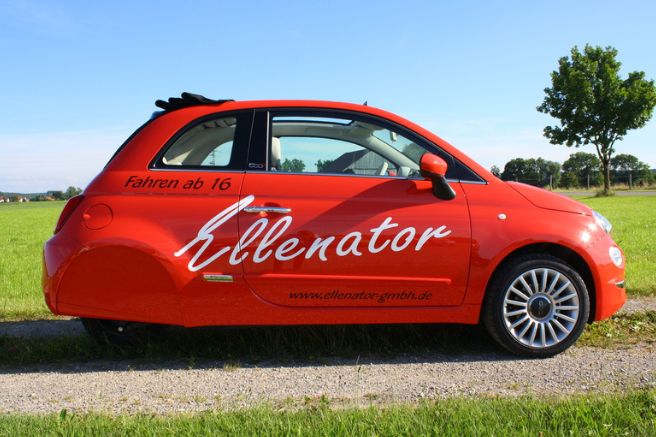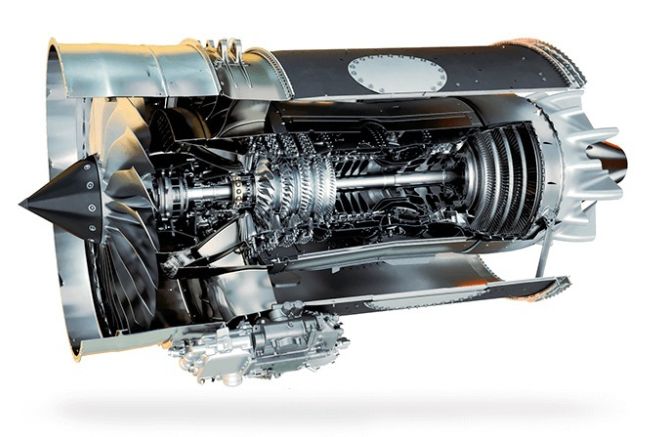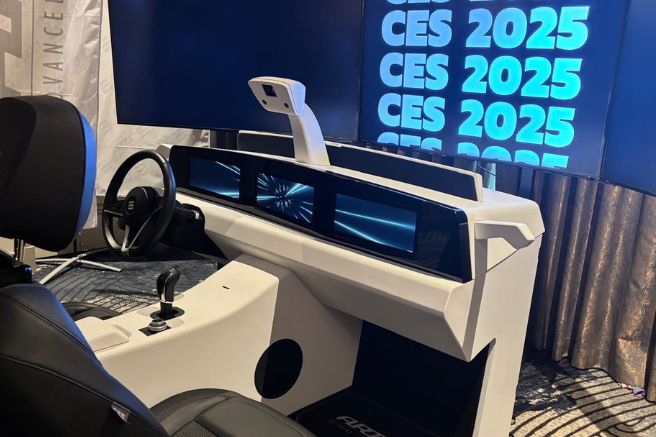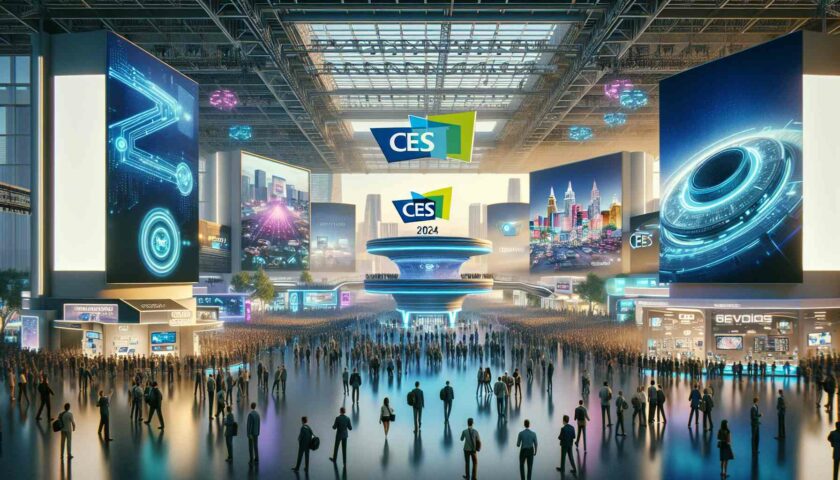
On January 9th of this year, the 2024 edition of CES, the consumer electronics trade show that has become a showcase for new technologies, was held in Las Vegas, United States. The absolute protagonist was artificial intelligence. In these pages, a summary of the two themes proposed on-site and most debated, which will surely impact the world of transportation as well: hydrogen and human-machine interface software. Following are the most interesting products from a design perspective. Since in most cases these are concepts and therefore feasibility studies, it is anticipated that not all manufacturers have made technical or performance data available, especially when the concepts are philosophical proposals oriented towards a not-so-immediate future.
Hydrogen
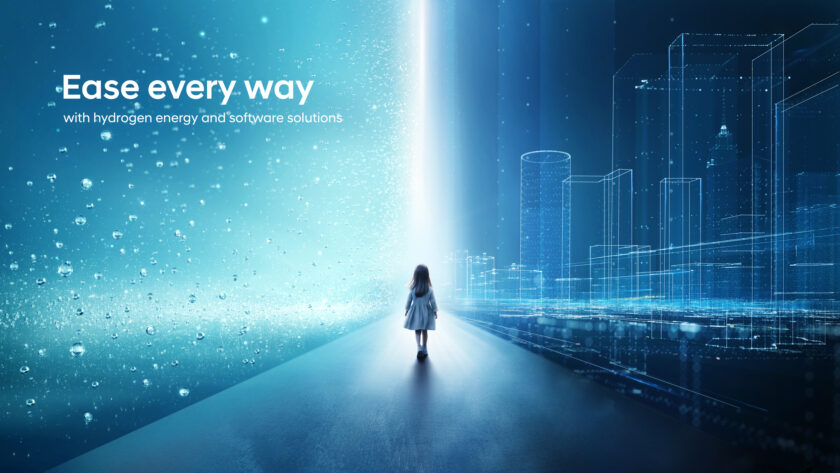
Under the theme “Ease every way,” Hyundai Group presented its vision for a social transformation based on hydrogen as a primary energy source for self-propelled vehicles. The theme reflects the Group’s goal of creating a comfortable and pleasant living environment with a perspective of freedom, safety, and social equity. The theme goes beyond the mere physical utility value of technology and impacts every aspect of daily life by proposing science and humanity as two sides of the same coin, with the former aiming to improve people’s lives. In this perspective, hydrogen is inserted as a clean energy source to be made accessible to all. Hyundai has long announced its commitment to achieve carbon neutrality by 2050 both in terms of products and production, and hydrogen energy will play a leading role in achieving these goals by powering not only cars, trucks, and buses, but also trams, industrial and agricultural machinery, ships, power generators, and aircraft. In this perspective, the company has transformed its division dedicated to fuel cell systems research into a business center that encompasses various group companies, involving them in every phase of the hydrogen value chain, from production to storage, transport, and use.
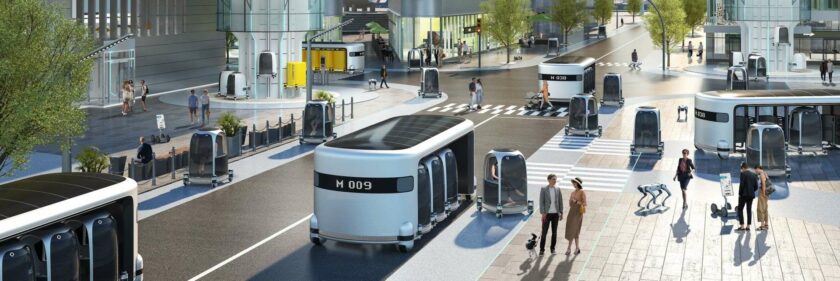
Traditionally, manufacturers, especially automotive ones, have focused on vehicles, while other sectors have dealt with energy production, storage, and transport. This approach has led to a slow and difficult energy transition process. Hyundai intends to overcome these limits by combining and integrating the hydrogen expertise of the entire Group to accelerate the energy transition and the creation of a hydrogen society. Hyundai is also developing production capabilities related to Pem membrane electrolyzers necessary for green hydrogen production to lower costs and make them competitive with less efficient alkaline electrolyzers. In addition, the Group is focusing on resource recycling hydrogen production technology aimed at transforming environmental pollutants into clean hydrogen. The resource recycling technology that Hyundai focuses on includes two approaches, “Waste-to-Hydrogen” and “Plastic-to-Hydrogen,” with the former aiming to use the fermentation of organic waste to generate biogas and then hydrogen, and the latter involving the melting of plastic waste that cannot be recycled, the gasification of melted plastic, and hydrogen production through the removal of unnecessary elements.
Human-Machine Interface
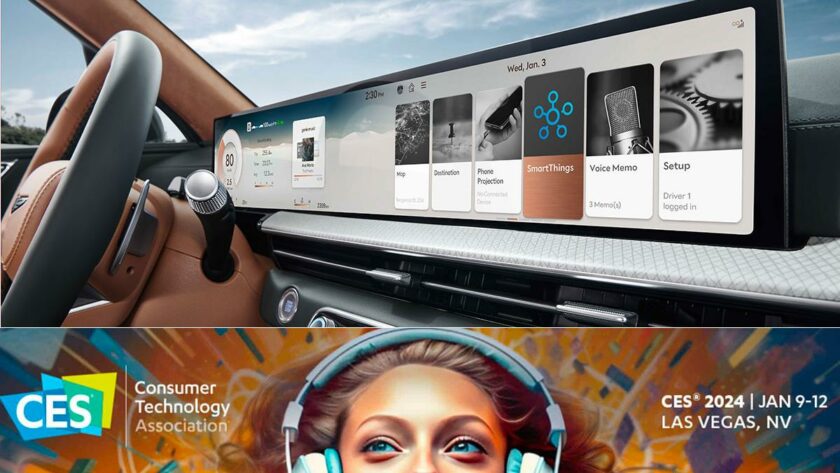
If there was ever a need, CES 2024 confirmed the technical-stylistic evolution that vehicle driving and working positions will undergo. It is certain that physical controls will increasingly decrease in favor of digital or voice controls. Anticipating this trend is the “Software-Defined Interior” system developed by the Marelli Group precisely to redefine the living and control standards of self-propelled vehicles by transferring controls to one or more updatable and customizable displays in graphics and functions by both machine manufacturers and end users. The system includes a central electronic unit that manages up to four zone control units and is capable of supporting the latest display technologies, including OLED based on organic light-emitting diodes.
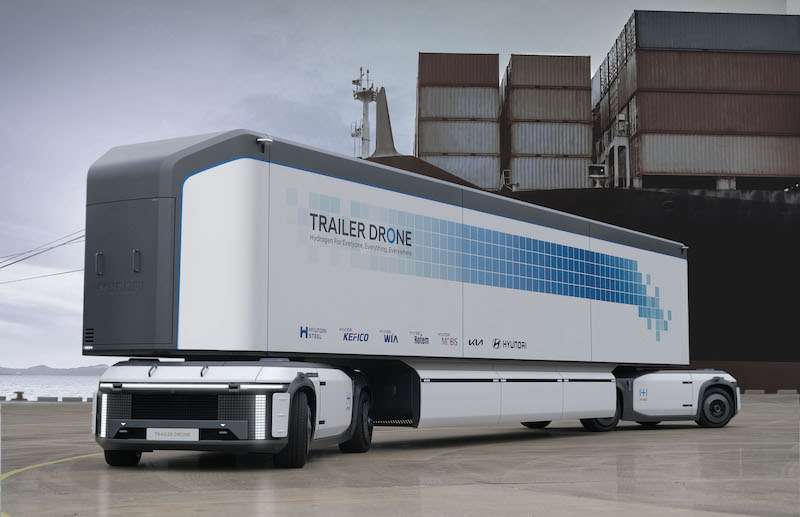
The system also interfaces with the Marelli virtual assistant, which serves as a driving and working assistant, allowing the driver to create one or more cloud-storable profiles, each of which automatically customizes driving settings, graphics and display settings, climate, ground lighting, and even music preferences across different vehicles in use, thus ensuring consistent driving or working environments. The “Camex” solution is also provided, “Context-Aware Mobility Experience” based on artificial intelligence. It allows any machine to interact with indoor and outdoor environments, and among its functions, it also includes the proposal to monitor the driver’s attention state. “Camex” analyzes users’ faces, bodies, and hands in three-dimensional space to understand complex behaviors and recognize imperceptible moods, adapting the vehicle’s settings and functions accordingly and suggesting interactions with the virtual assistant. The external environment of the vehicle also assumes an active role, contributing concretely to optimized vehicle management, an objective that is also pursued by the possible presence of a Big Data analysis system aimed at achieving predictive maintenance, preventive detection of any anomalies, and remote problem resolution. Also noteworthy in the field of software dedicated to self-propelled vehicles is Hyundai’s development strategy “Software-Defined Vehicle,” which frames management software as direct design elements of each new vehicle. The Group expects current machines to become intelligent subjects capable of maturing operational experiences and learning, which in turn will enable the automation of various vehicle operations, safeguarding their functionalities through predictive interventions and maintenance, and minimizing the need for operator control.
Title: Ces 2024, near future preview
Translation with ChatGPT

